Foundation for the future
Endress+Hauser thinks in terms of generations, not quarters. That’s why the family company continually invests in its employees, its internal network and sustainability measures, thus laying the groundwork for a better tomorrow – today.
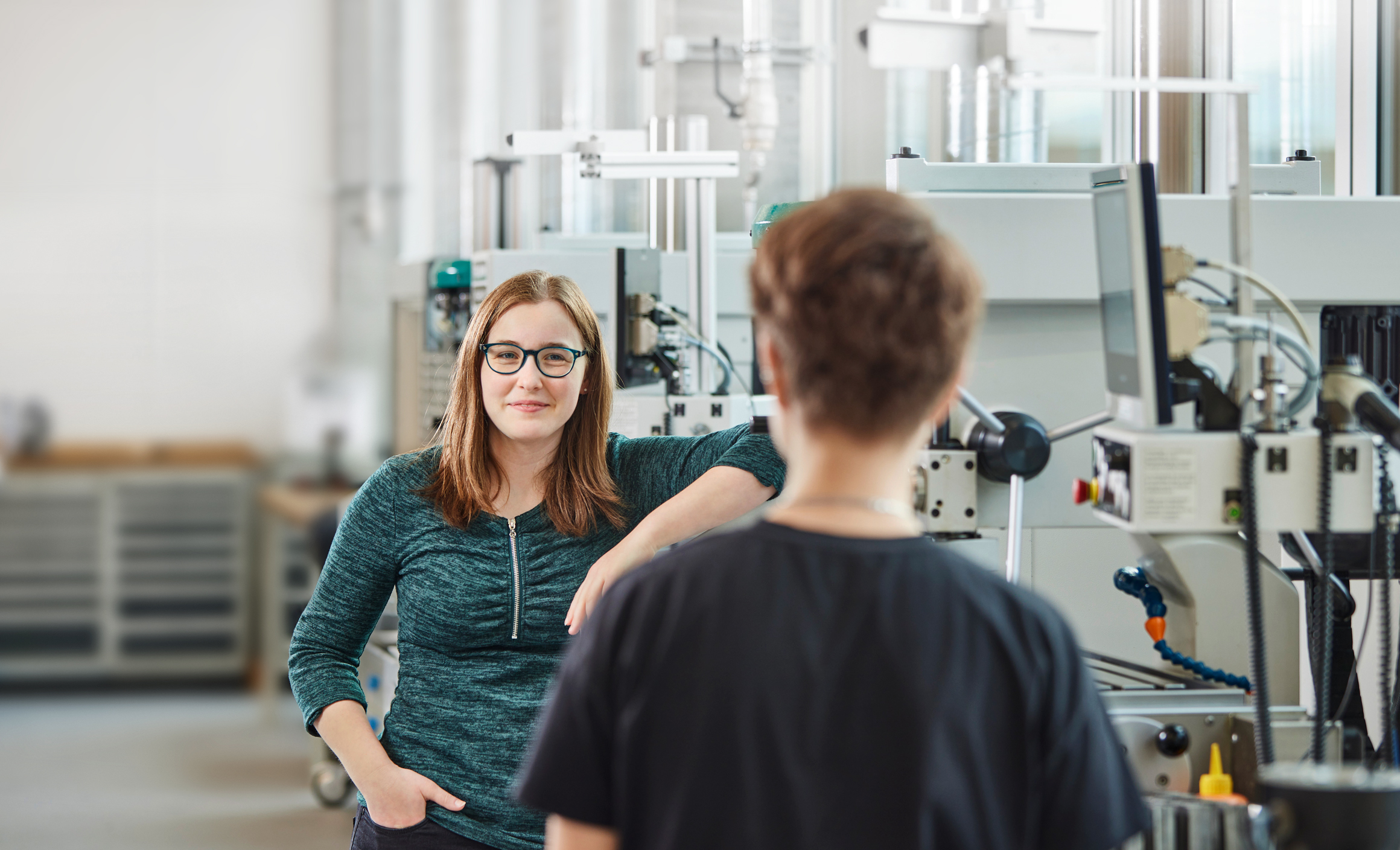
100
young people began an apprenticeship or dual study program at Endress+Hauser in 2023
364
young people were in vocational training at Endress+Hauser in 2023
5%
of all positions at Endress+Hauser will be set aside for interns, apprentices and students by the year 2027
18
kinds of apprenticeships are offered across Endress+Hauser’s locations
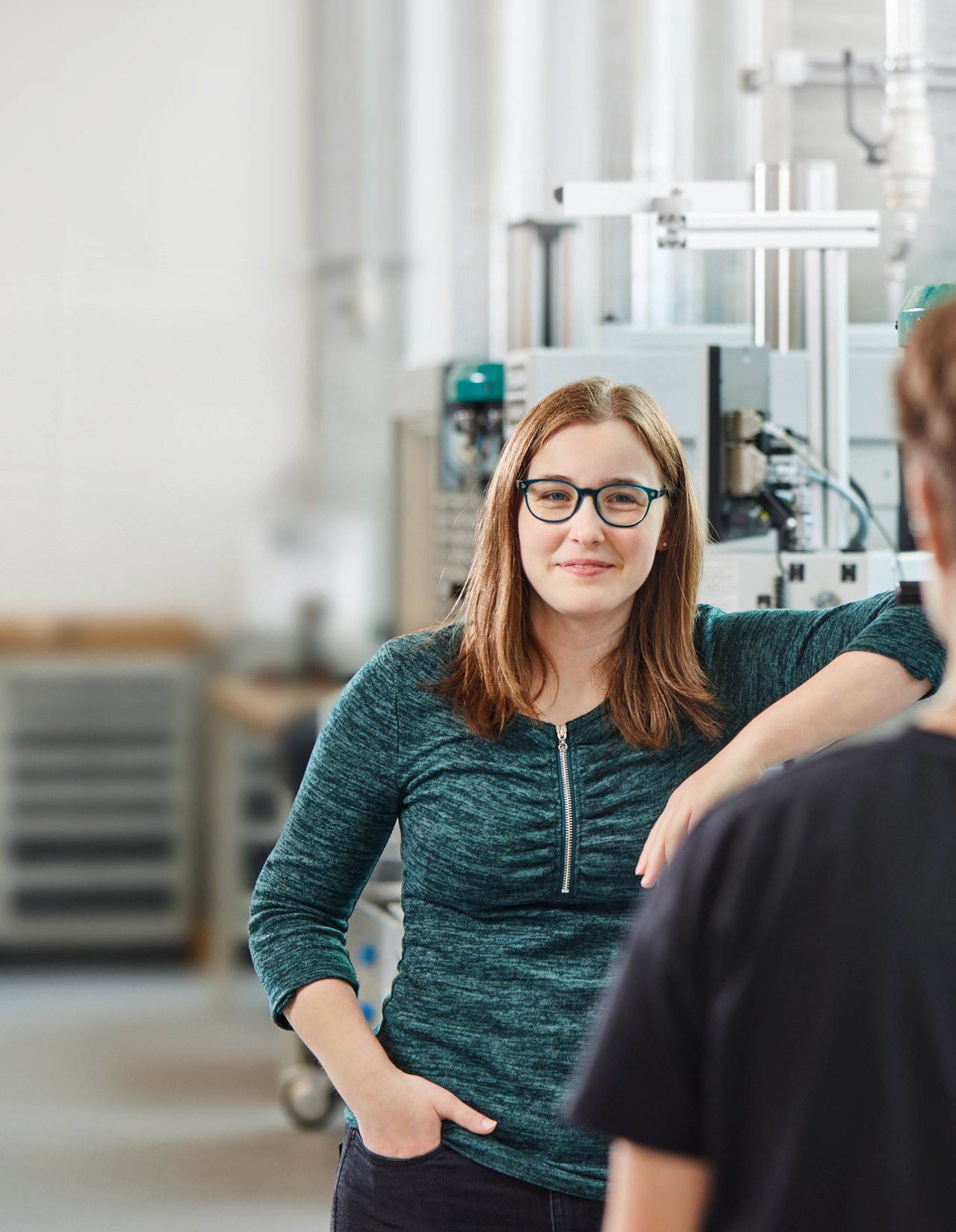
Investment in the next generation
In Demographic change in many countries around the world is causing problems for companies seeking young recruits. Among other things, it’s increasingly difficult to fill apprenticeships. Despite these challenges, 100 young people began an apprenticeship or dual study program at Endress+Hauser locations in Germany, Switzerland and France in 2023 – the same number as the previous year. There will be even more in future: Endress+Hauser aims to set aside five percent of all positions for apprentices, students and interns by the year 2027.
To attain this ambitious goal, the Group has created a new department focused on global dual education. All these activities are now coordinated centrally with the product and sales center networks. “Our goal is to roll out dual education structures globally across the company and develop them further. We deploy standards, training content and programs to streamline introduction of the models and ensure quality. We also want to intensify collaboration with universities and colleges. It should all help us attract new employees,” explains Jens Kröger, head of the department.
Exporting a successful model
Activities concentrate on product and sales centers that to date have been less involved in dual education programs – schemes that combine theoretical instruction at vocational colleges or universities with practical on-the-job stints in the company. Endress+Hauser in collaboration with the German Foreign Chamber of Commerce has offered such a program for up-and-coming mechatronics technicians in Aurangabad, India, since 2018 and in Greenwood, USA, since 2019. In Greenwood, Endress+Hauser is cooperating with Kettering University, a STEM college whose students receive hands-on experience at the company. “We want to launch the dual education program in China as a next step,” says Jens Kröger.
“We want to strengthen our dual education program even further and inspire young people around the world to join the company.”
Jens Kröger,
head of the dual education program department
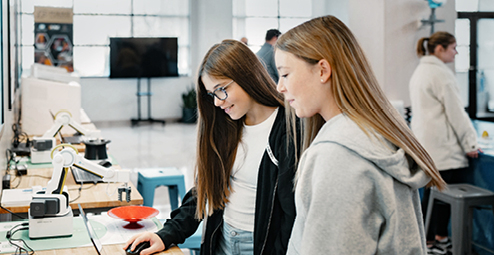
Never too early
To get more children and teenagers interested in technical professions, Endress+Hauser operates school research centers. The most recent of these labs opened in Maulburg in southern Germany, where it is attached to the product center for level and pressure measurement. Pupils from the surrounding area can have fun developing interests in robotics, 3D printing and electronics technologies. Activities include computer game programming, building a personal weather station or an amplifier. The focus is always on practical applications, with equipment and materials provided to course participants.

Reaching for the stars
Students at technical universities around the world enter their Mars Rover prototypes in one of Europe’s biggest competitions in the fields of robotics and aerospace, the annual European Rover Challenge in Poland. The students’ remote-controlled vehicles must prove their mettle at navigating a geologically accurate simulation of Martian terrain. The team from the University of Applied Sciences and Arts Northwestern Switzerland finished the 2023 challenge in second place – with help from four Endress+Hauser employees. They shared technical knowledge and led the group of 22 students majoring in varied disciplines, from computer science and mechanical engineering to electronics and information technology.
On track for growth
Endress+Hauser continues to grow – and that includes the company’s sales and production networks. The Group has invested more than 1.1 billion euros in buildings, plants and IT infrastructure over the past five years. Projects worth over 570 million euros are currently underway in 13 countries around the world. For instance, by the year 2030 there will have been 118 million euros invested in developing the product center for level and pressure in Maulburg, Germany. There is a new sales building under construction in Greenwood, Indiana, at a cost of 37 million euros, as well as development of the headquarters campus at Endress+Hauser subsidiary Analytik Jena to the tune of 50 million euros.
2023 developments
- Sydney (AU) – New location for the Australian sales and service business
- Aurangabad (IN) – New production facility for temperature measurement and liquid analysis
- Gerlingen (DE) – New office building
- Singapore (SG) – Renovation of the sales and service center offices
- Mexico-Stadt (MX) – New sales and service center
![]() Current construction projects
Current construction projects
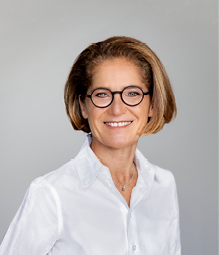
Architect Tschekav Münch, corporate building projects expert at Endress+Hauser, orchestrates the company’s construction projects and spurs improvements in this area.
3 questions for Tschekav Münch
Your position is new at Endress+Hauser. How did this come about?
Endress+Hauser continues to grow, which means that in coming years the Group will be building or renovating production and sales centers around the world. I work at corporate level with teams on the ground to make sure these construction projects are not only completed successfully and efficiently, but also create long-term added value – for the company, its employees and customers.
What does it take to achieve this?
Construction projects keep growing in complexity, with increasing requirements from all stakeholders. So it matters more than ever to have structured and uniform processes, along with clear internal guidelines. The buildings must also be future-proof, for example in terms of climate protection or being suited to a productive and collaboration-oriented work environment. This calls for the right quality and the right design.
What are the architectural hallmarks of new Endress+Hauser buildings?
We aim for a harmonious blend of simplicity, functionality and sustainability. That means clean lines, intelligent use of space and resources, and integration of renewable energies. With innovative solutions around sustainability in particular, we want to keep on minimizing our environmental impact and stay ahead of current requirements. This will make us a pioneer in sustainable industrial architecture.
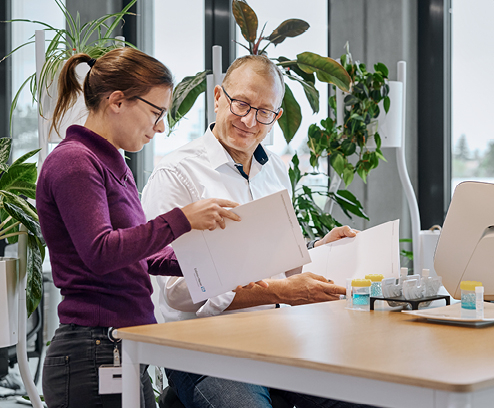
Excellence in innovation
Endress+Hauser is among the most innovative companies in Switzerland. In a recent survey conducted by two Swiss business magazines in collaboration with market research and data analysis specialist Statista, Endress+Hauser placed fifth in the overall rankings and second in the category for electronics and industrial technology. The survey analyzed a total of 185 companies in terms of their general innovativeness, innovative products and innovation culture. 8,900 employees and experts in the field were questioned.
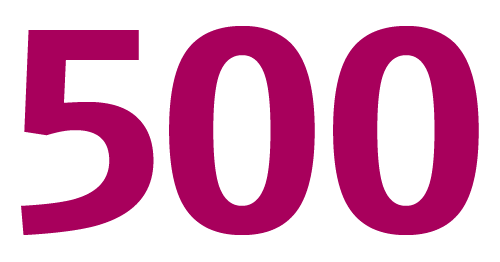
personnel managers, HR business partners and Endress+Hauser managers recently underwent ‘unconscious bias’ training. It’s a kind of bias we all have without knowing it, which can hinder companies in their drive for diversity. Unconscious bias may lead hiring managers to instinctively select job applicants who closely match their own personalities, or stereotype applicants based on a particular trait or characteristic. “We reflected on our mindsets and scrutinized our behavior patterns,” says Sandra Rubart, corporate director for brand management & communication.

Climate-conscious commuting
Plenty of people drive to work each day, frequently over long distances and alone in their cars. Not only does that overcrowd the roads, it also harms the climate: the average gasoline combustion engine emits 120 grams of carbon dioxide per kilometer. Several Endress+Hauser locations in Switzerland and Germany now use software to connect employees who have similar commutes. Forming car pools becomes quick and easy, the CO2 footprint shrinks significantly, and there is the added benefit of getting to know new colleagues.
Published 27.03.2024, last updated 17.04.2024.
Dive into the world of the process industry through new exciting stories every month with our «changes» newsletter!









